Our Cultural Heritage (CH) is a fragile and non-renewable resource which has experienced serious deterioration over the years, through wars and continues to suffer from environmental factors, such as climate change, urbanisation, global tourism and from looting, forgery and trafficking of stolen artworks. By digitizing collections, we protect the memory of our CH no matter what natural disaster, theft, or loss happens and allows information to be accessible to all.
The H2020 ERA Chair Mnemosyne project has chosen several representative historical sites and artefacts to study and digitize, from various timelines, such as Classical 8th-4th c. B.C; Hellenistic Period 4th-1st c. B.C; Roman Period 1st – 4th c. A.D.; Byzantine Period/ Middle Ages 4th- 15th c. A.D; Renaissance 15th – 17th c. A.D and Ottoman, Modern and Contemporary period 17th – 20th c. A.D.
A total of 17 case studies were selected based on their complexity and uniqueness.
The selection criteria for the case studies took many parameters into consideration. Some of those considerations were their use and the materials that they were made of, if they were tangible or intangible and mobile or immobile, as this affects the process of digitization and documentation. They have different sizes ranging from the scale of millimeters to tens of meters, such as instruments, wooden panel icons, paper documents, liturgical vessels from precious metals, gold and silver coins, castles, a UNESCO protected monument, one of the biggest and most complex monuments under threads of global climate change and Human interventions and even an entire village, placed on the Tentative List of the UNESCO World Heritage.
The Paradata used for the calculation of the Complexity for the Data Acquisition in the following case studies are available on the Excel table [HERE].
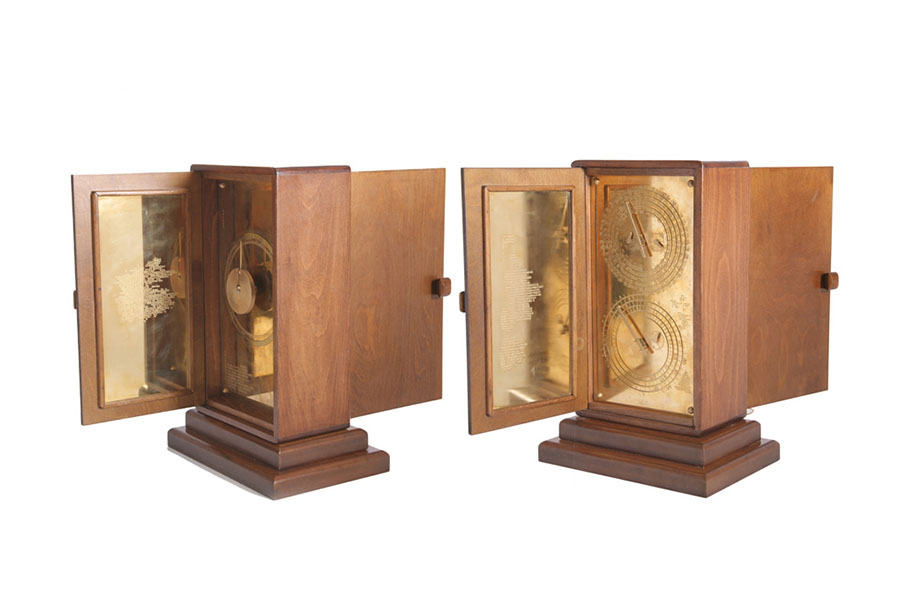
The Antikythera Mechanism
Described as the oldest example of an analogue computer, the “Antikythera Mechanism” is a cultural treasure. It was discovered inside an ancient shipwreck by Greek sponge divers on May 17, 1901, and its construction varies from 150 BC-100 BC. Today, the artefact is located in the National Archaeological Museum of Athens, Greece. The ERA Chair researchers, supervised by Prof. Kyriacos Efstathiou, began the holistic documentation of this movable heritage object.
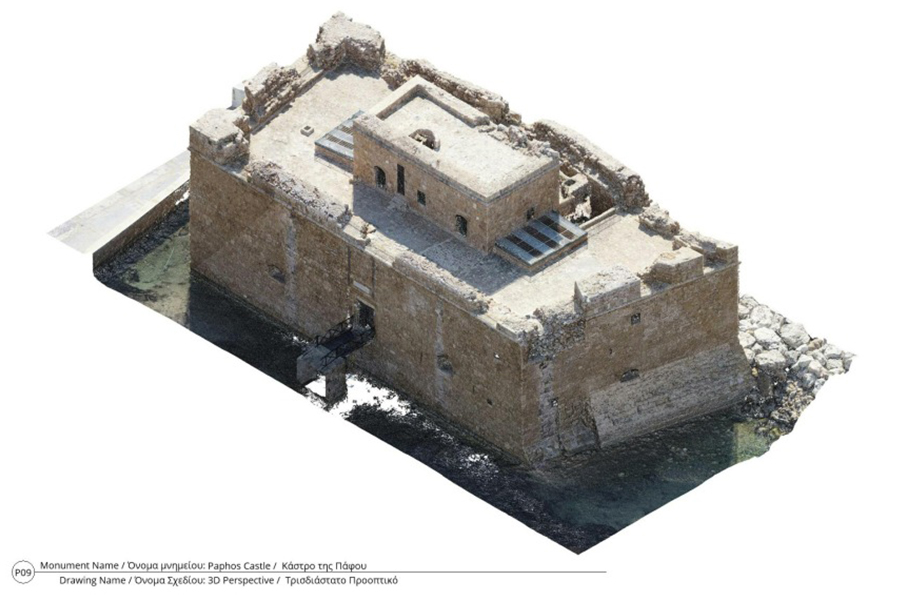
The Castle of Paphos
Located at the port of Paphos, Cyprus, the castle was declared an Ancient Monument in 1935 and a UNESCO World Heritage List monument in 1980. The exact construction chronology is not estimated; however, it is known that it is a Byzantine building, used as a fortress, destroyed in the 1222 earthquake, and rebuilt in the 13th century. In an ERASMUS+ mobility cooperation, a team of experts from the University of Ljubljana-Slovenija, Faculty of Civil and Geodetic Engineering, with the project’s fellows digitise and modelled the monument. The ERA Chair researchers are focusing their research activities not only on the holistic documentation but also on the monitoring of the monument using advanced technologies.
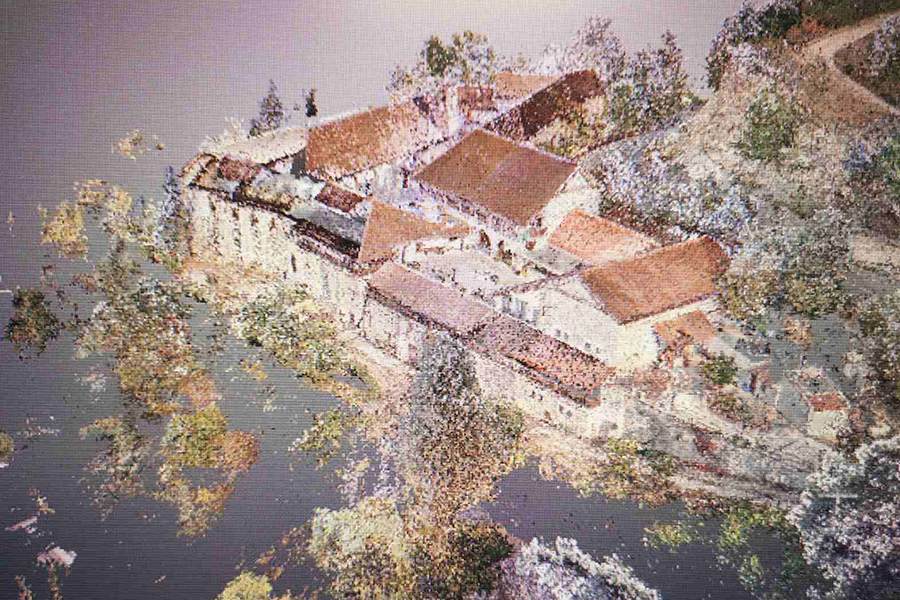
The Monastery of Chrysorrogiatissa
The Monastery of Chrysorrogiatissa, in the Panayia village, Paphos District, Cyprus, is among the most important monuments of the island due to its unique architectural structure, the story accompanying it, and the unrepeated’ value Icon of Mother of God. It is believed to be constructed during the 12th century, while todays building dates back to 1770. The ERA Chair researchers have digitized the 3D geometry of the building complex of the monastery and are proceeding with the holistic documentation of this large-scale monument.
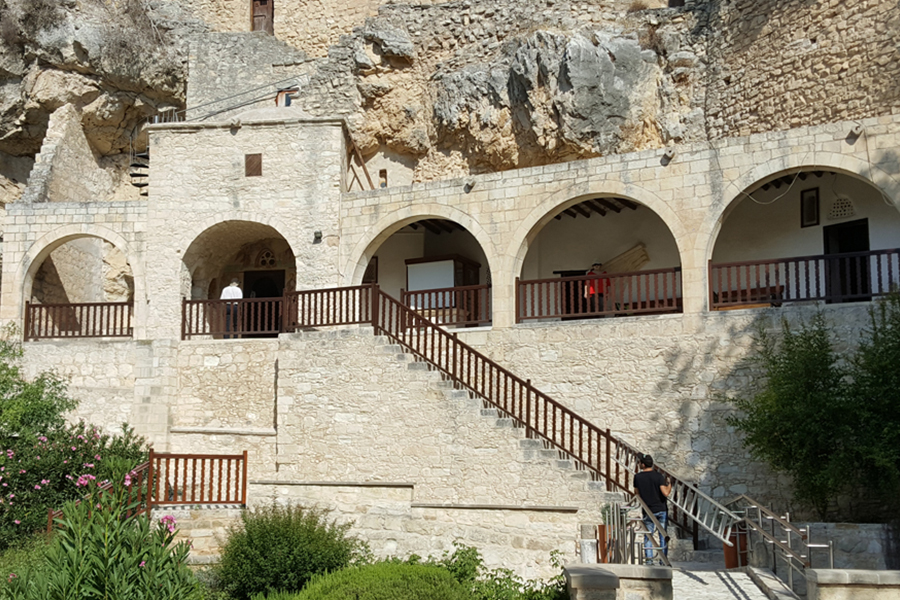
The Hermitage of Saint Neophytos
The Hermitage of Saint Neophytos, which led to the creation of the homonym Monastery, is one of the unique Byzantine monuments in Cyprus and the world. Due to the high quality of its frescoes and the fact that the whole complex was cut in the rock. The ERA Chair researchers have already proceeded to the monuments geometric documentation (3D), and they are currently working on the intangible heritage documentation.
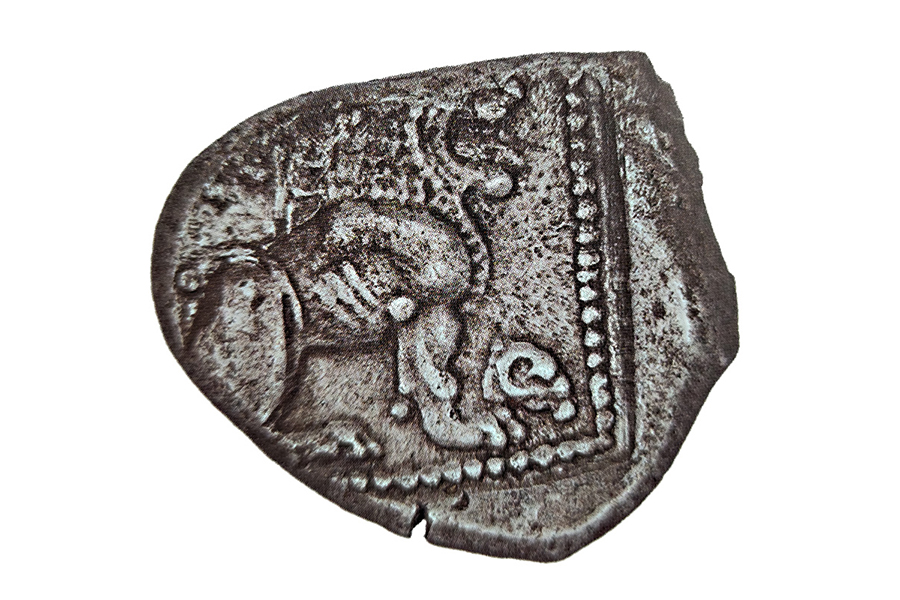
The Coins with Hercules Melqart
The ‘.’Hercules Melqart’ collection of coins is one of the most significant worldwide, covering a chronological continuum from ancient to modern times, providing a unique history of the monetary practice. Today, the collection may be found in the Numismatic Museum of Athens and the Bank of Cyprus Cultural Foundation in Nicosia. ERA Chair researchers are committed to digitally connecting the artefacts of the exact provenance and identical iconography, which in the physical world remain dispersed in collections, geographically distanced.
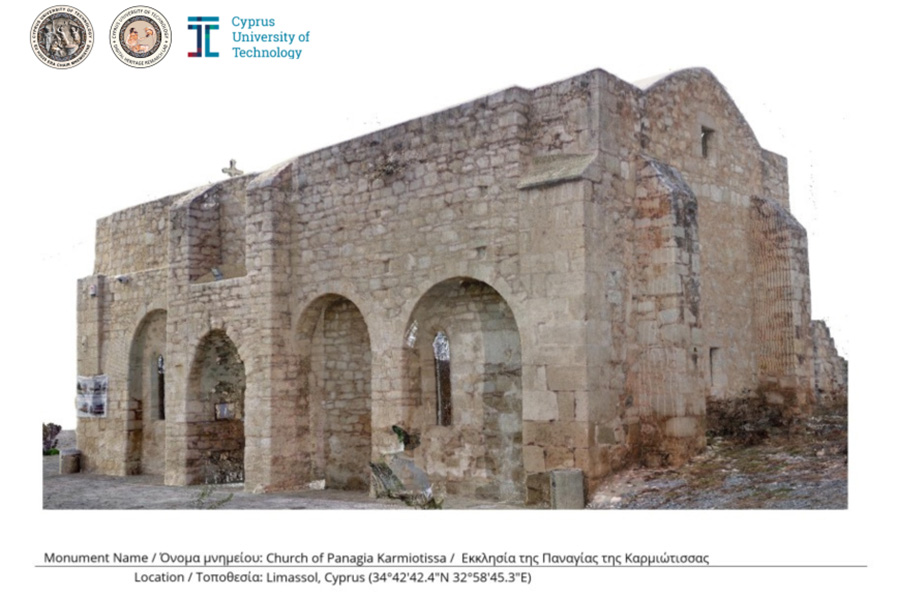
The Church of the Virgin Karmiotissa
The Church of the Virgin Karmiotissa (translated as “Mother of God”), located in the Pano Polemidia area in Limassol District, consists part of an older monastery founded by the Order of the Carmelites who migrated to the island following their expulsion from Mount Carmel in Palestine. It constitutes evidence of the installation of refugees in Cyprus who fled the Arabic conquest of places like Syria and Lebanon during the 7th and 13th centuries. The ERA Chair researchers began the holistic digital documentation of the monument in cooperation with all the local authorities and the Holy Metropolis of Limassol in order to create a plan for a future development of the entire site.
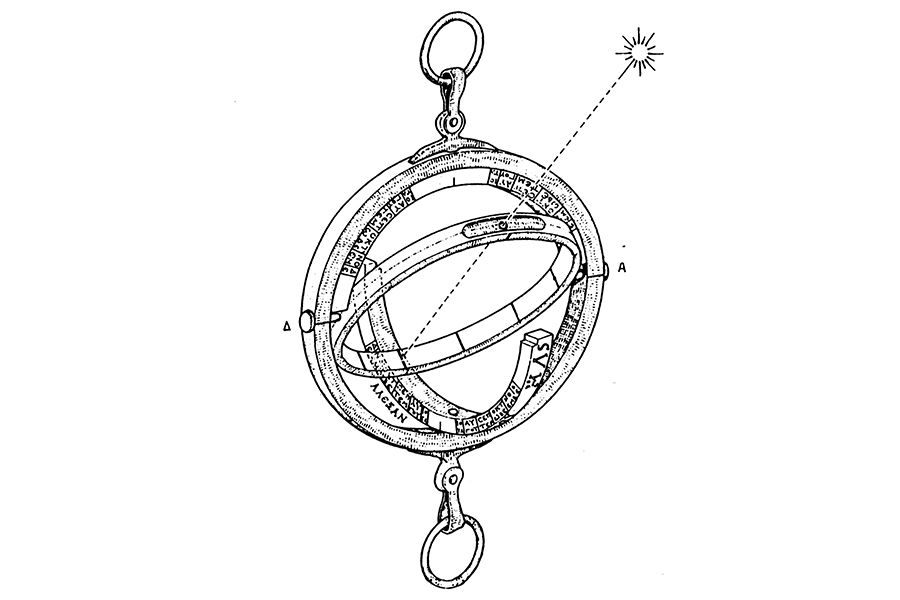
The Horologion of Philippi: A portable Sundial (250-350 C.E.)
The Horologion of Philippo consists of a unique, its kind portable sundial, dated between 250 and 350 AD. The user of the Horologion of Philippi could not only read the local time but also calculate the latitude of a place and the horizontal coordinates. The ERA Chair researchers moved beyond traditional documentation practices and attempt to expand data collection around the device. They emphasize on functionality to sufficiently capture its inherent complexity as a timekeeping and topographical/astronomical observation instrument.
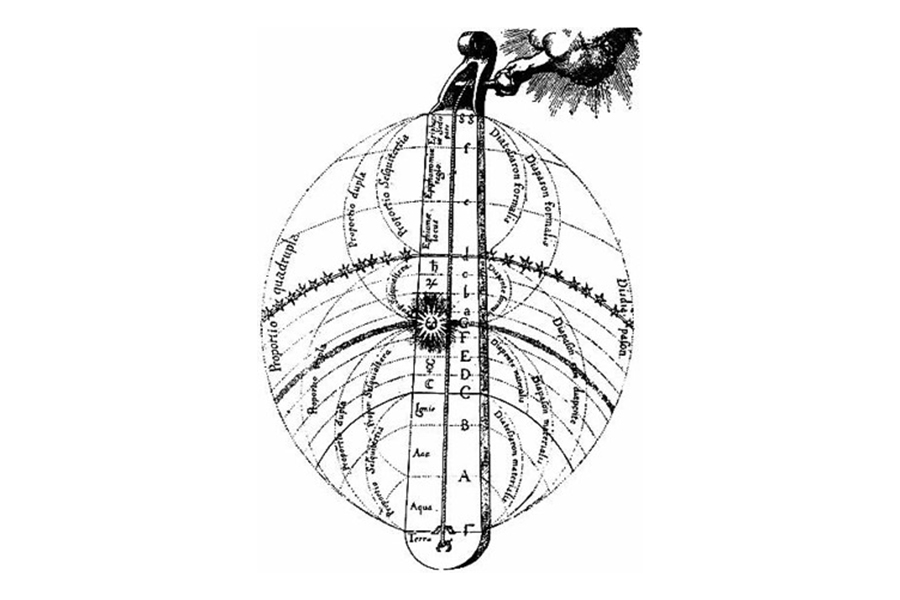
The Kanon of Pythagoras: A single-string Sonometer (7th B.C.)
The Kanon of Pythagoras is a single-string sonometer – known as a “monochord” – is an ancient musical and scientific laboratory instrument involving one (mono-) string (chord), upon which points may be delineated (signifying where the string must be stopped to give specific notes), allowing comparisons. The ERA Chair researchers use 2D/3D modelling techniques to create numerous use and/or reuse applications, aiming among others at new methods of imparting knowledge in schools.
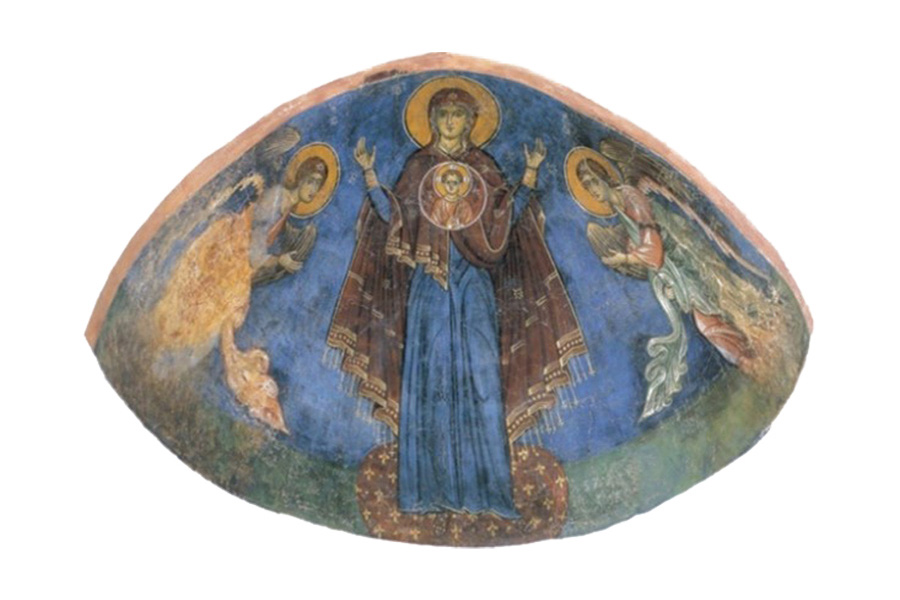
Frescoes of Saint Euphemianos (Lysi)
The church of Saint Euphimianos in the occupied-by-the-Turks today Lysi village is one of the most important religious monuments in Cyprus due to its unique frescoes and the story they bring. In 1984 the frescoes were forcibly removed and transported abroad. In 2012, the frescoes were repatriated to Cyprus and housed in a specially designed section in the first room of the Byzantine Museum of Archbishop Makarios III Foundation in Nicosia. The ERA Chair researchers began the digitally holistic documentation of the frescoes and the church.
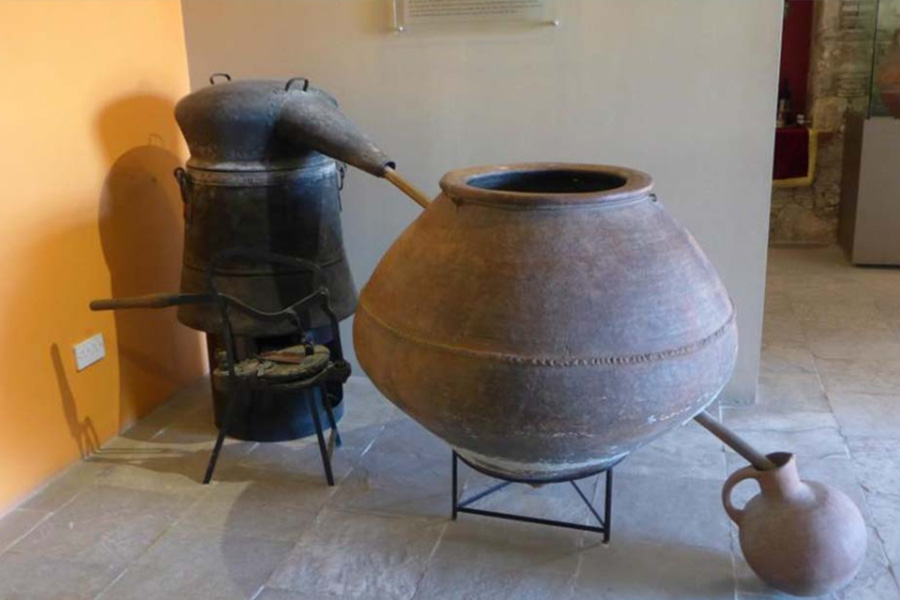
Chalcolithic Wine Jars and zivania alembic of the Cyprus Wine Museum
The Cyprus Wine Museum is a tribute to the long wine-growing history of the island, situated at the edge of the wine-producing countryside in Erimi village, Limassol District. The ERA Chair researchers will proceed to the 3D digitisation of a chalcolithic jar (used for the storage of the wine 5000 years ago) and of the “Zivania” alembic [zivania is a traditional spirit made from grapes]. The goal is the investigation and digital holistic recording of the multi-thousand-year history of viticulture and winemaking in Cyprus.
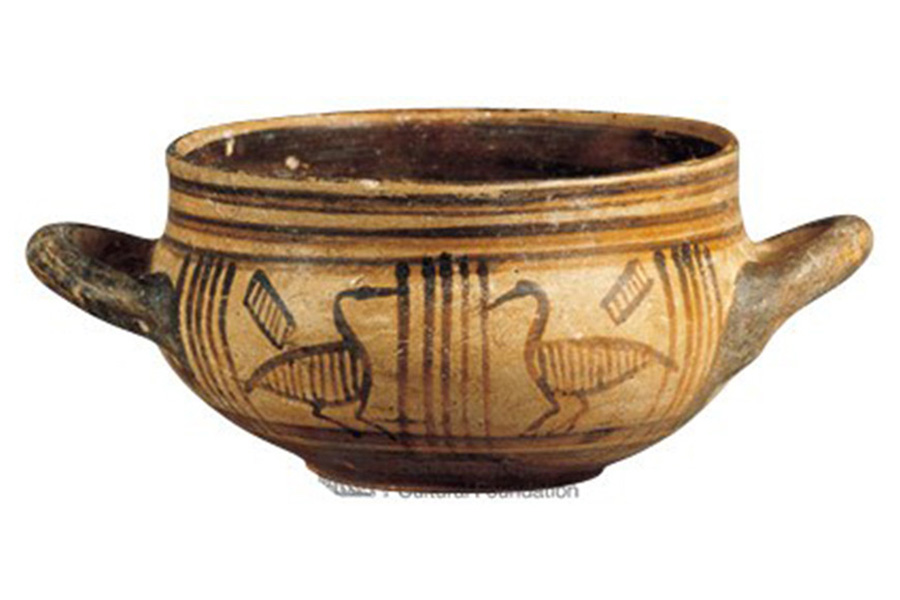
Late Geometric Euboean Skyphos
The skyphos, dating back to the end of the 8th century B.C., is of distinct Late Geometric Euboean type. Today, it belongs to the pottery collection of the George and Nefeli Giabra Pierides museum at the Bank of Cyprus Cultural Foundation. It has been selected by the curator of the museum as a key-object to be investigated and holistically to be documented. The reason was that (up to this moment) there is no other similar scientific documentation on the island of Cyprus.
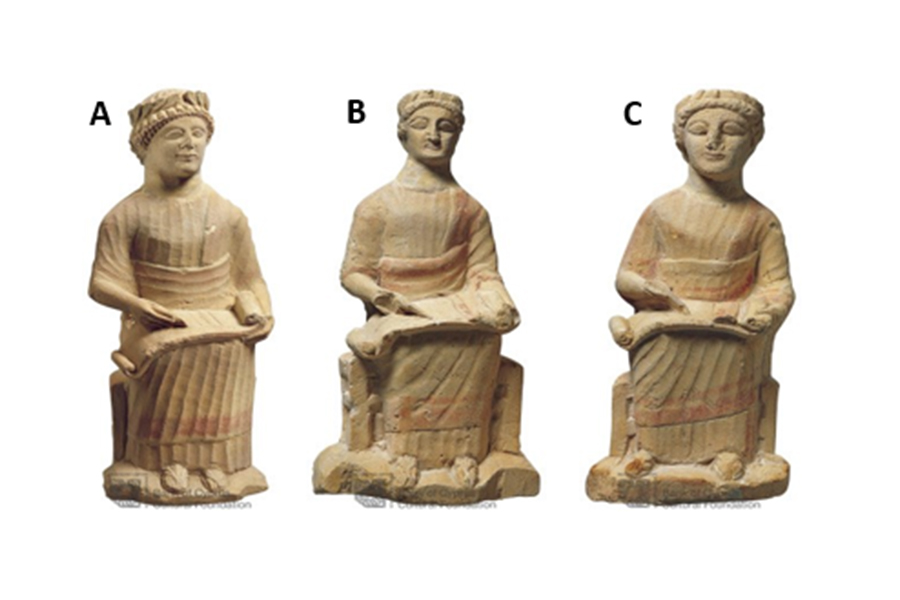
The Three Limestone Statuettes
The three limestone statuettes, dating from the 5th to the middle of the 4th century B.C., were used as a votive offer to both male and female divinities. The statuettes are in the George and Nefeli Giabra Pieridis Collection at the Bank of Cyprus Cultural Foundation. The research is focusing on the digital reconstruction of the objects as well as to give a meaning to the hidden story in the statuettes under investigation.
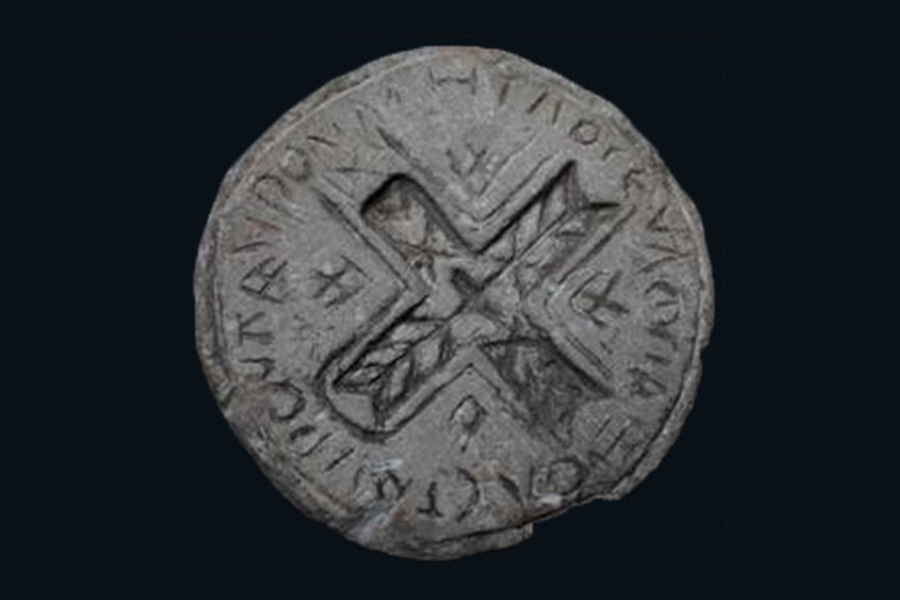
Holy Bread Seal
The artefact chosen for this case study is speculated to have been used for sealing bread or lead objects, which were given as a blessing and/or a memorial gift to the faithful during their visit to a particular pilgrimage. The artefact belongs to the George and Nefeli Giabra Pierides Museum of the Bank of Cyprus Cultural Foundation. The research regarding the bread seal enriches our knowledge of the symbolic sealing of an object or material for the ritual of Christian worship. Through the ERA Chair researcher’s work, the Blessing Seal has been reproduced as a copy to be given to the Bank of Cyprus’ selected clientele, while at the same time the ERA’s main scope is the holistic documentation of the item.
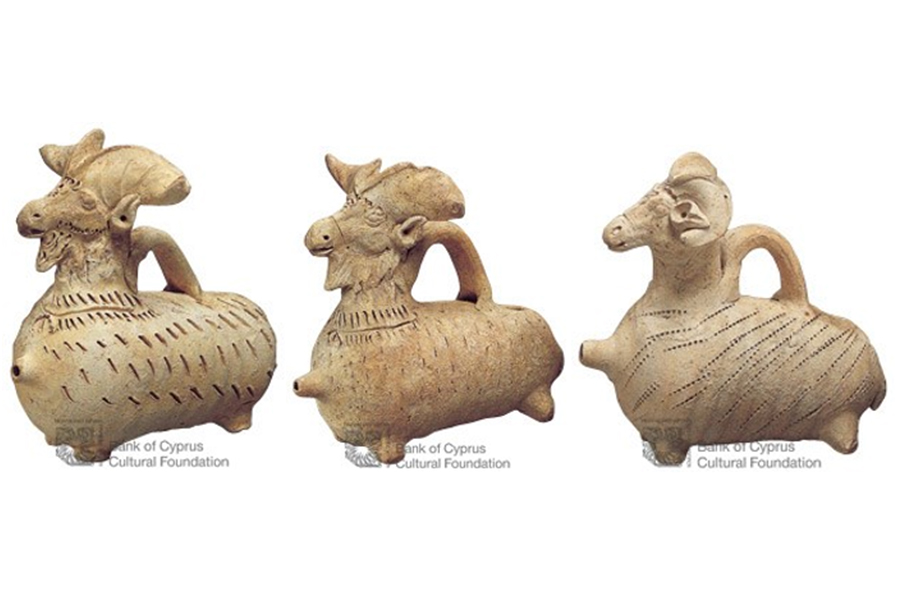
Zoomorphic Clay Vases
The zoomorphic clay vases are plain ware rhyta in the form of a he-goat, dating to the Hellenistic Period (310-30 B.C.) and currently based in the museum of the Cyprus Cultural Foundation. It has been suggested that the vases were “feeding bottles”; however, there is no analytical data to support the claim. MNEMOSYNE’s research plan aims to identify the nature and origins of any organic residues present using analytical, organic chemical techniques that can reveal the principal use of the rhyta and to proceed to the holistic documentation of the item.

Fishing Boat Lambousa
The Lambousa fishing boat is considered a historical monument of the newest Cyprus culture with rich activity in the eastern Mediterranean waters. Its rescue is a significant milestone in the field of digital cultural heritage, mainly because, according to the Regulation (E.U.) No 508/2014 – the European Maritime and Fisheries Fund, certain fishing boats should now be destroyed. For the holistic documentation of the Fishing boat Lambousa, a conceptual data model was created, which divides the different types of data needed to record a cultural heritage object into classification categories.
The eLambousa online platform ▶
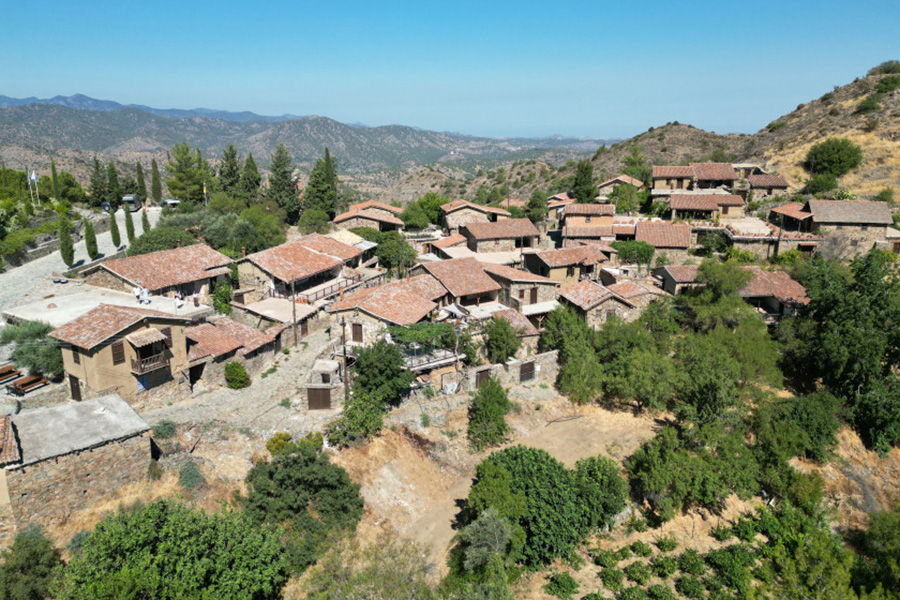
Fikardou Village (UNESCO tentative list)
Located in the Troodos Mountains foothills in the Nicosia District of Cyprus, Fikardou village is one of the most iconic places in Cyprus, which could also be considered a “trademark” of Cypriot architectural heritage. Due to its unique and well-preserved building structure, which consists of an excellent example of the 18th and 19th traditional Cypriot architecture, the settlement was put under the supervision of the Department of Antiquities in Cyprus in 1978 as an “Ancient Monument” and a “Controlled Area”. Moreover, in 1986, two of the village’s houses (Katsionoros House and Achilleis House), which were operating as museums, open to the public, received a Europa Nostra Award. At the same time, the village belongs to the UNESCO World Heritage Tentative List, aiming at high-quality protection and management of the components that constitute their uniqueness.
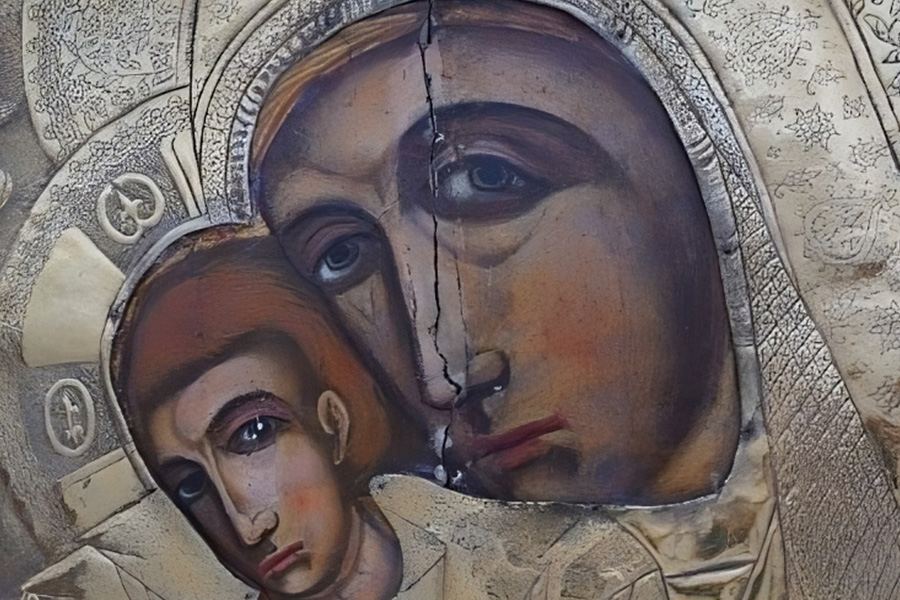
Icon of Panagia Chrysorrogiatissa
The most valuable and unique item of the Chrysorrogiatissa Monastery is the icon of Christ and the Virgin Mary. The icon is believed to have been painted by the Apostle-Evangelist Luke, and according to tradition, the sacred icon was thrown into the sea during the iconoclastic period. The waves swept it to the coast of Paphos when in 1152, the monk Ignatius found it. The ERA Chair researcher’s scope is to complete the holistic documentation of the icon.
